The Volvo 240 line is legendary and indestructible. Ten years on since mine was sold for export to Africa (with five other Volvo 240s), it's still on Google Street View. At the tree that has already disappeared.
The Volvo 240, a classic with a very long breath
Volvo stood for quality and stood at the cradle of safety thinking. Volvo buyers and drivers were serious people with respect for the world and the technology. The better middle class and middle class, local dignitaries, the general practitioner, the vet. Those kind of people.
In the photos a very nice old copy. But hey: Is 32 years old? Not for a Volvo. Of course our photo model, the almost immaculate Volvo 240 GL Injection from 1990 with almost complete maintenance history, is a perfect coat rack to take a closer look at the Volvo 240's.
In the meantime, such a Volvo 240 is emphatically dated. That's okay, it's its charm. And it does not detract from its practical usability. Such a Swedish tank is also a very serious player in current traffic. Especially if it's a late injector like our 'Volvo for a day'. The car takes its rider and passengers calmly, yet confidently and with authority wherever they want to go. This is in contrast to the last generations of Volvo, which have been given a dose of BMW genes from the marketing department to take customers away from that brand. We can conclude that the Volvo drivers 2.0 often belong to a clearly less relaxed, hurried kind. Kind of a pity though. And whether those new Volvos last just as long as the Volvo 240s that still have commercial value at mileages at four tons?
Where it looks to the superficial viewer that all 2.685.171 Volvo 240s made are identical, there is still a world of nuance differences and subcutaneous deviations. The different versions with the corresponding engines and transmissions, the petrol engines, the turbo blocks, the diesels. And then there are the differences between the Volvos that were made and delivered per country according to the wishes of the importers. For example, the version like that of our photo model was never delivered in the Netherlands, but is now a fully established Belgian asylum seeker.
Also from the United States
Even Volvo 240s originally delivered in the United States are now being returned to the old world. And they have their own characteristics. The bumpers are of course different due to the American collision requirements, but the model development is also different from the European one.
As a whole, if you are even superficially interested in the Volvo phenomenon, you will view the Volvo 240 with a completely different perspective. Maybe you will get greedy in a quiet way. And once you are a Volvo 240 owner, you can continue driving until the last drop of oil has been used up.
Then simply have it converted to electric traction.
Because that option is already offered.
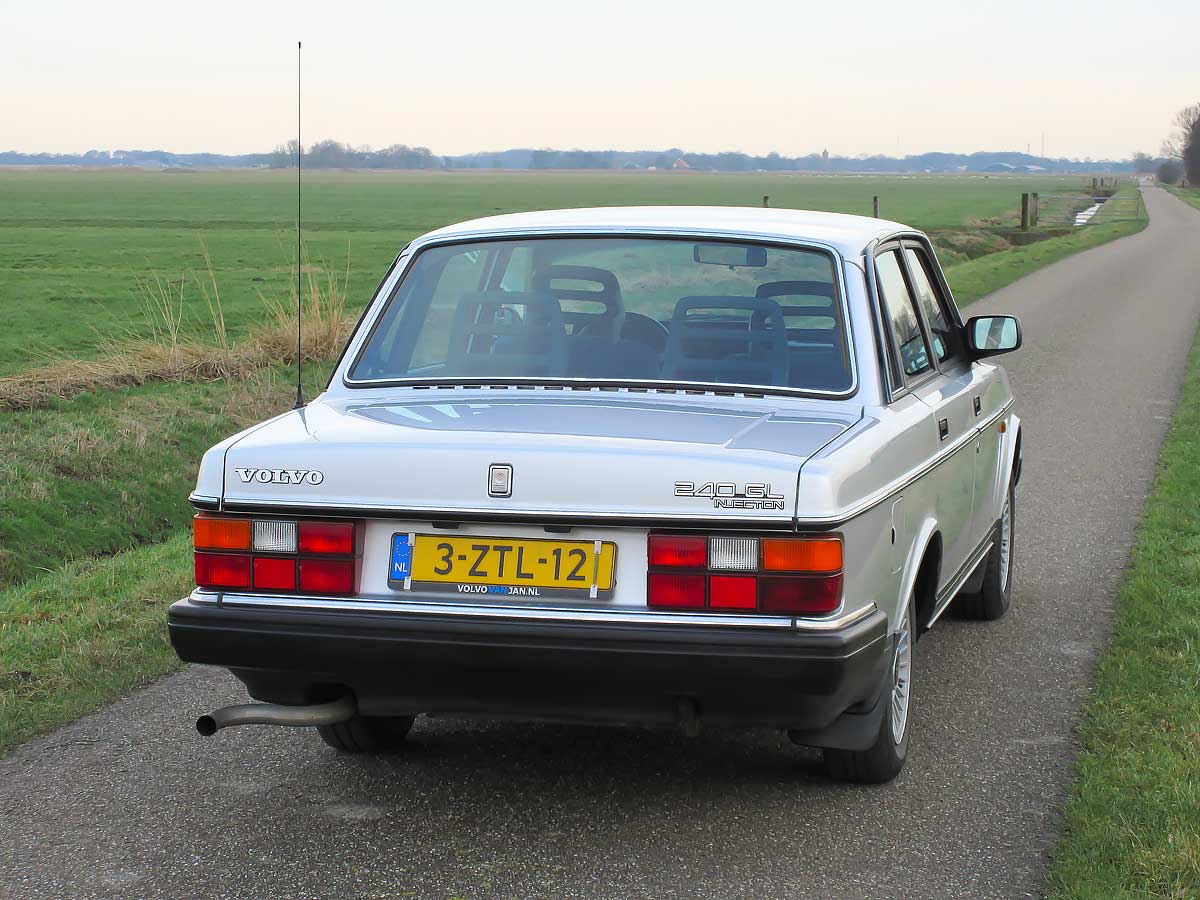


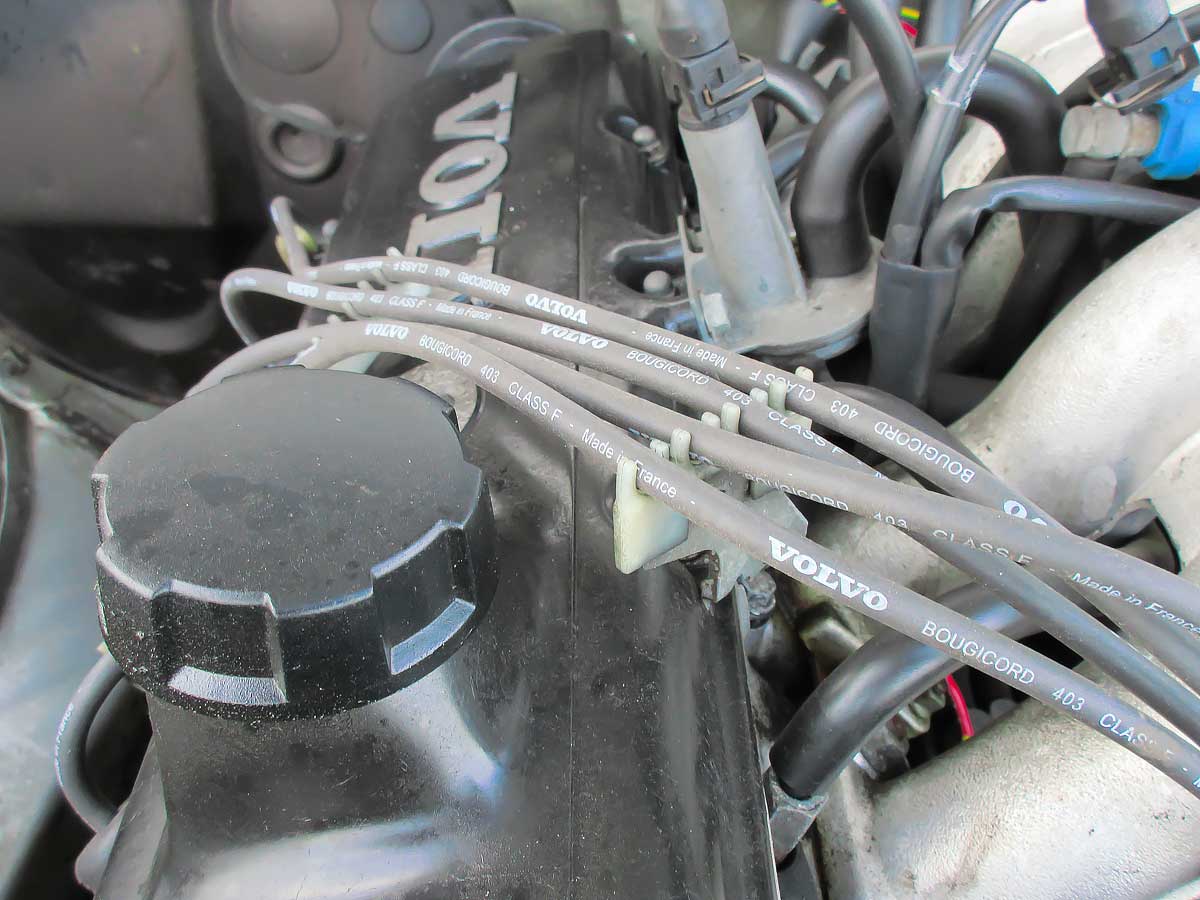

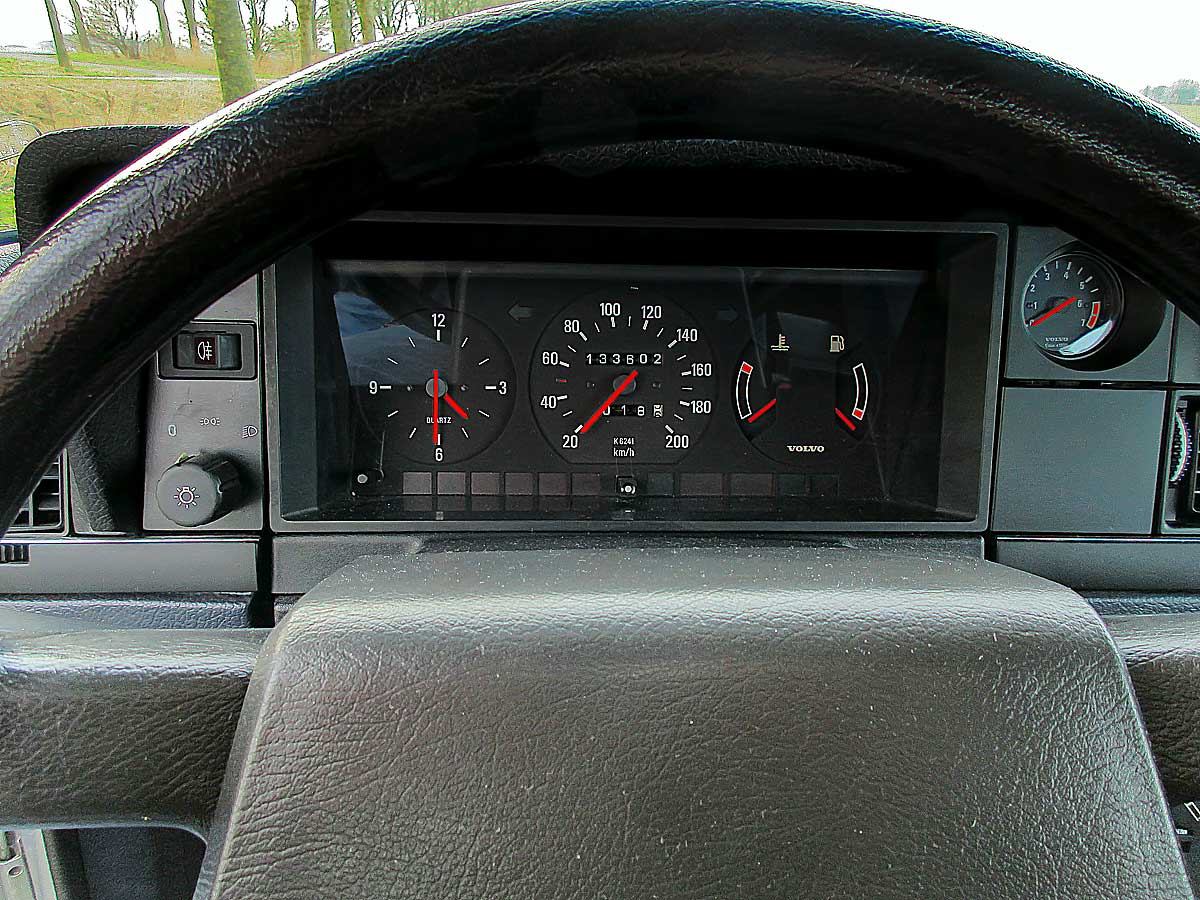
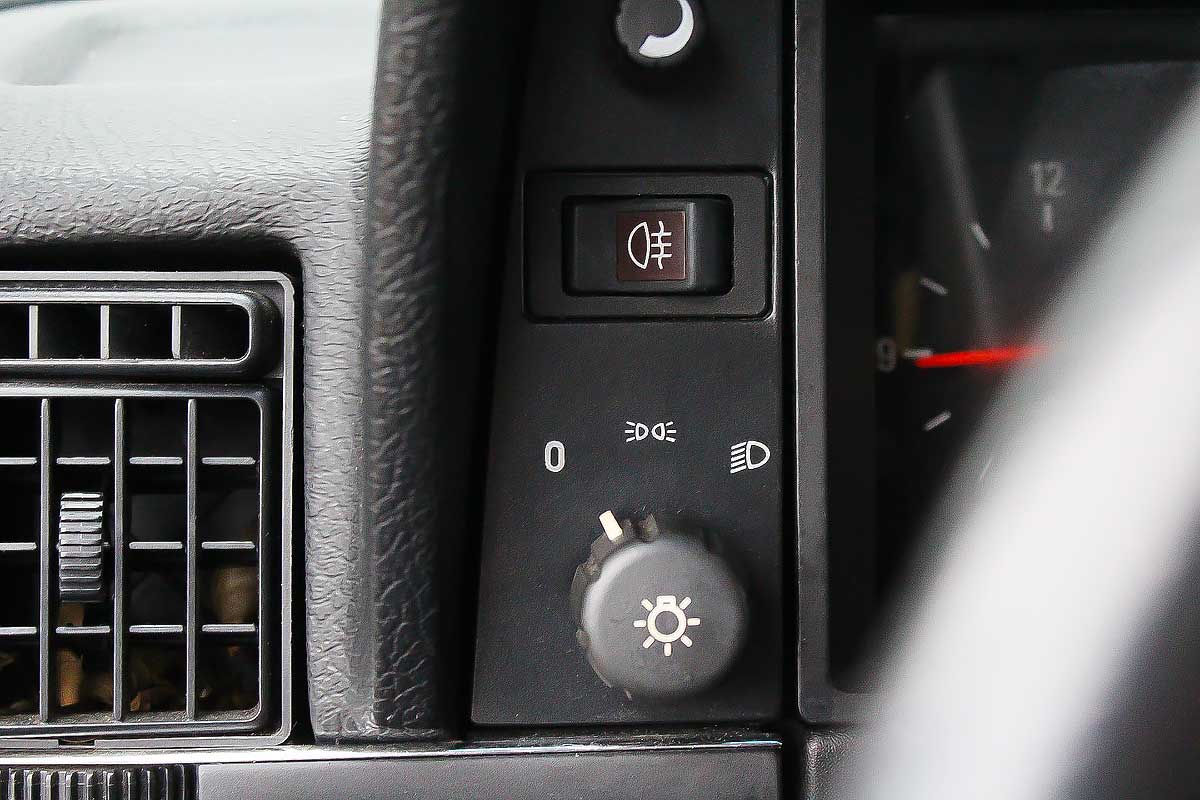

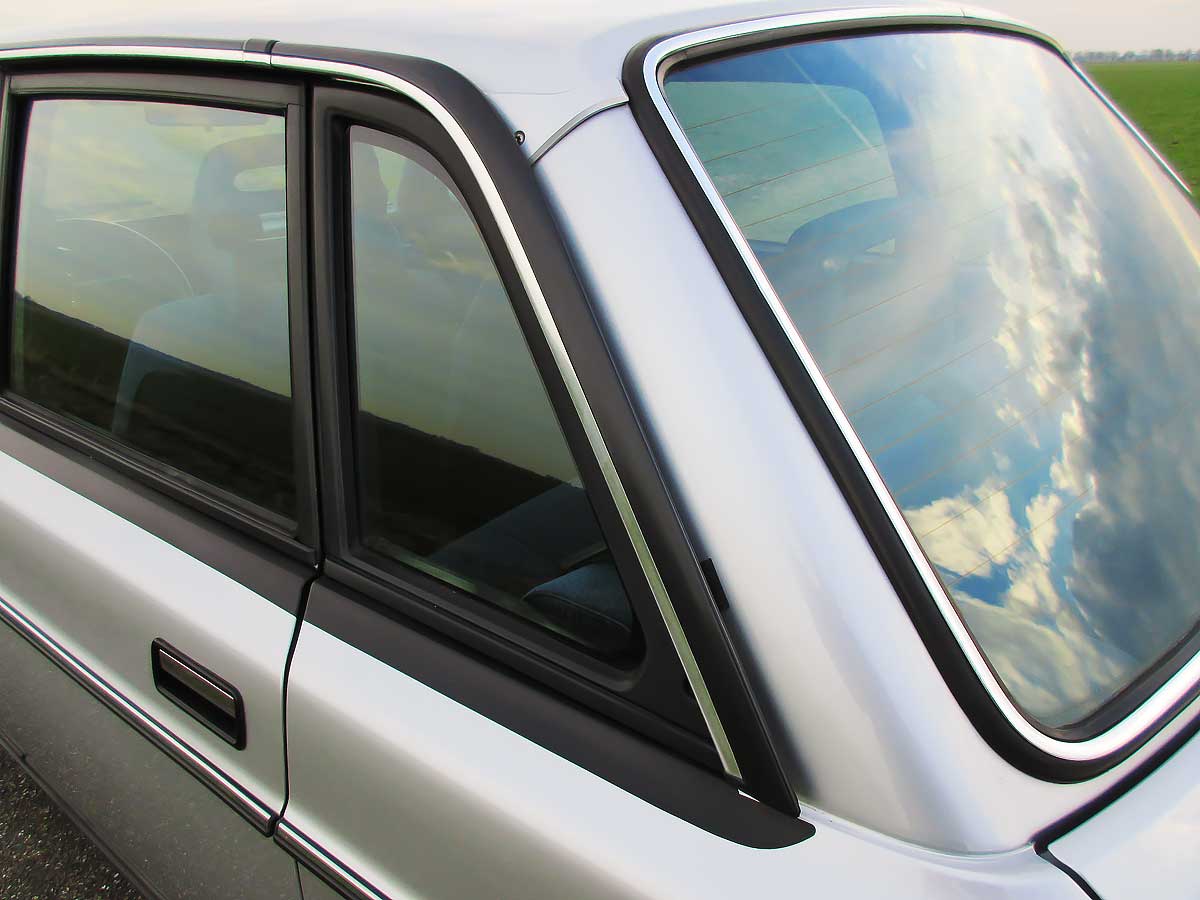
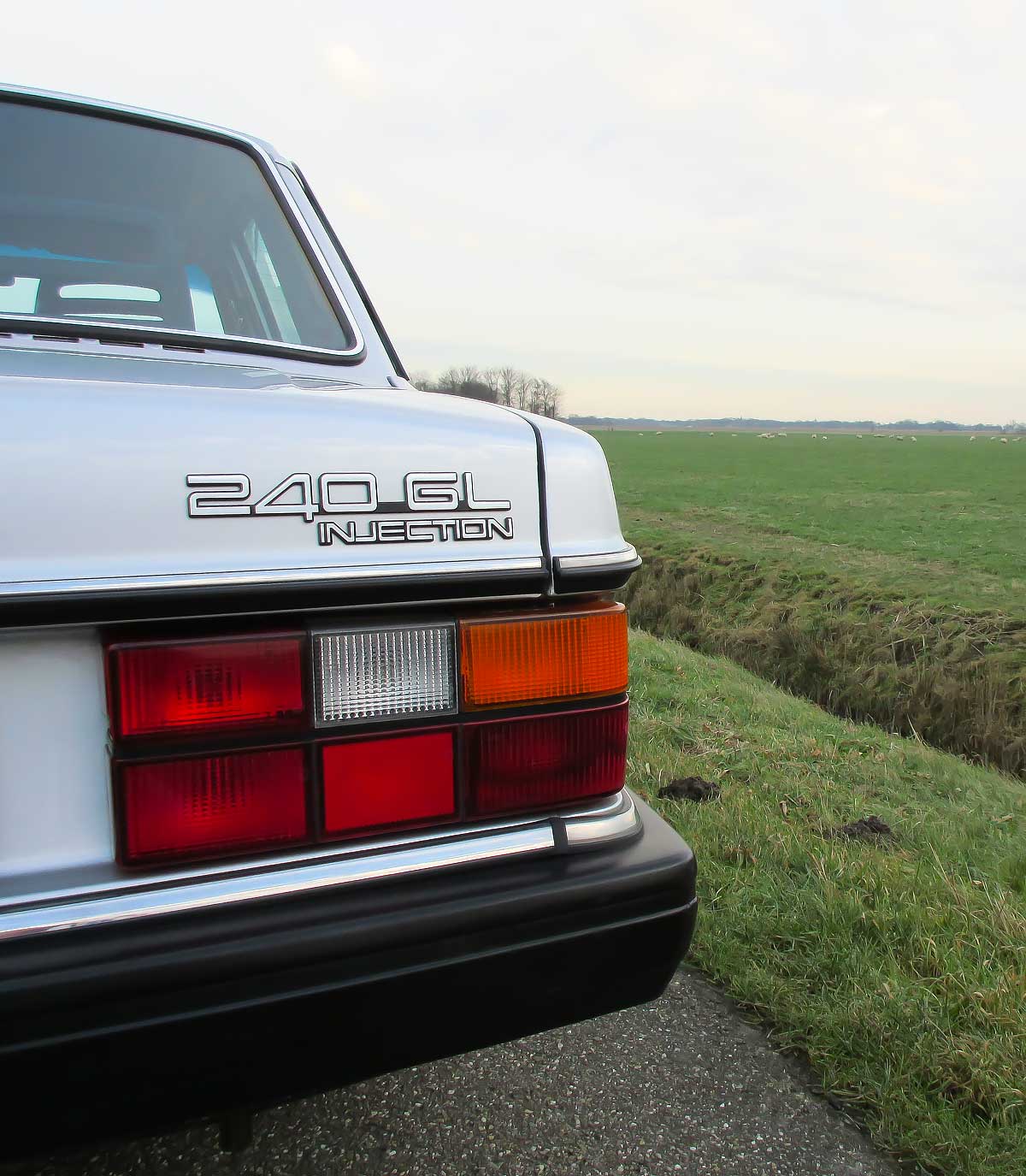

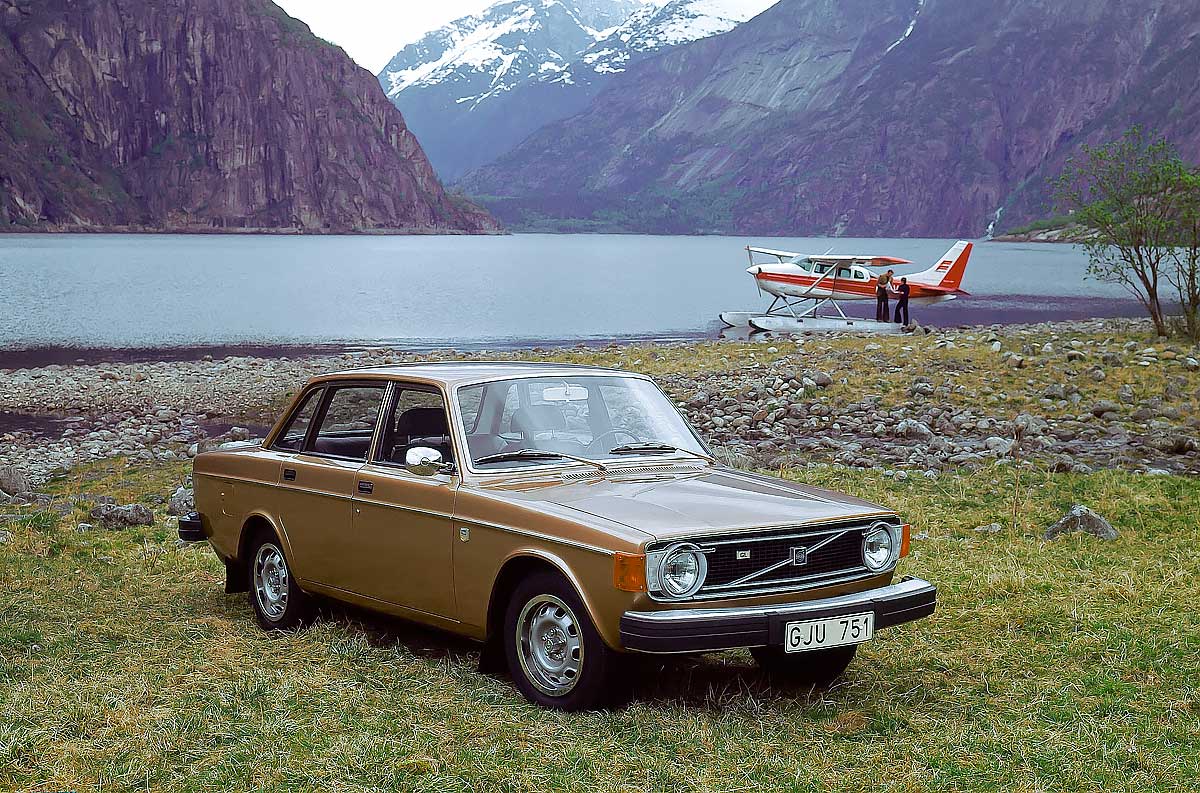
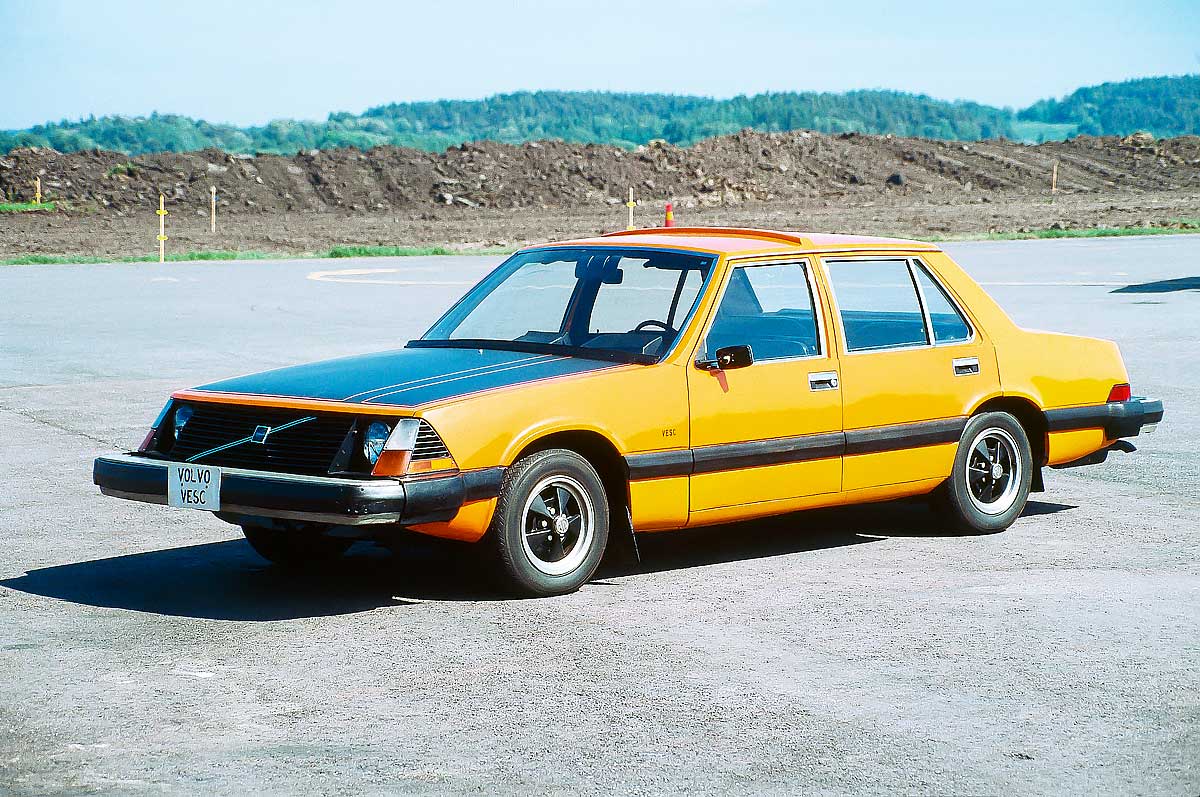






Maybe AM Klassien will pay attention to my daily driver: a 39 BMW E523 1996i? 2nd owner and just broken in with 243 dkm.
And no problems at all with the parts supply. I can tell a few more stories about that. New is not always necessary
Hi Hans, you can always send a suggestion to redactie@amklassiek.nl send.
I drive a 70 V2003.
After years of driving Opel, I took the plunge and bought a Volvo.
Should have done much sooner. What a machine
There was indeed a difference in where it was put together, Ghent or Gothenburg
Mascotte South in Eindhoven revises clutches and brakes, among other things. https://www.mascottezuid.nl/
The injection of those 240s often got upset. The models that still had the 175CDS Stromberg carburetor and contact points were almost 'bomb proof'. Worked on it more often. For regular maintenance that is. Except for a defective bulb of a lamp, it was refueling and driving. And they did a really nice ride. Oil consumption was not actually a problem with any of those cars. In the family, one has even reached 450.000 kilometers without any problems. Go figure.
I'm actually very curious about the photo on Street View in Africa. Where?
Despite everything good memories of my US spec 264GL (yes, that's how it was registered)… luckily with B21F red block so maintenance was quite simple… my parents-in-law had it since new but before the Tank was given to us as a Christmas present - he's already wasting away. So it's time to get everything back to normal and make the interior fresh and fruity again. The only shortcoming was that Bosch D-Jectronic that always had cures and that was ultimately the reason I sold it again after four years of tinkering and polishing. Technically, it was completely up to date with those Bilsteins, performance rubber and stabis. An alternative was a 3.9 liter V8 from a Range Rover that I could have bought for quite a little and also a great light source of power.
I drove a 80 in the early 240s with the same silver metallic color as the beautiful photos above. Unfortunately, this car was produced in Belgium and at about 32.000 km I held the gear lever in hand and a garage visit was inevitable. Fortunately he was just in 2nd so with a slipping clutch and then very high revs I managed to reach the setting. After that, at 60.000 Km, the oil consumption 1 liter in 500 and often blue smoke became a problem. So traded in at 76.000 and yet back to my brand Mercedes. A bit more expensive to purchase but less problems and therefore more reliable than the Swede in my opinion.
The 240 in these photos has aged very nicely, a stately model! The 240 station wagon, on the other hand, I find hideous.
I once drove a new Volvo 90 for a few days in the early 960s, a heavy car that mopped the road. Was not a pleasure to drive there, all the more because the engine used a lot of oil. Was the car of my then boss, who of course complained to Volvo. They made him burst, he just had to accept…
So many people, so many opinions. In my opinion, the 960 is the best Volvo has been able to get out of the 200/700/900 in the 850s. More comfort, even quieter, and still plenty of cargo space and a small turning circle. Yes, an 900 is lighter, but not wider, bigger turning circle and tougher. And eventually you get understeer. Not with a XNUMX series.
The book Shibumi, which came out in 1979, started with “The day we bought our Volvo
it started to rust” This is set in New England, in New Hampshire. Ditto on our side,
either they lasted a very long time, or especially from the yellowish 240`, the sheets hung there after 4 years.
We have seen many as trade-ins (from 1989 to 2012). Technically they were reliable and the seats were or are fantastic. However, to keep an old 240 running, you have to dig deep into the pouch. They have just fallen out of favor and the majority of
the 240 series ended up on the scrap heap due to rust problems. who are still driving
are guaranteed to have a “save the Orca” sticker on the bumper and/or a NO PIPELINE sticker.
Since 1982 I have been driving Volvo Amazone parts (1966) no problem and I have more attention with it here (Philippines) than Willem Alexander and Maxima in the golden carriage.
Old Volvos then buy quality.
At the time you could buy two Opel records for a Volvo.
How many Opels are left and how many Volvos
We've worn out a number of Volvos, “actually they don't wear out at all”. From a 240 station, a tank of a car, to years later a 740 or 760, I have forgotten that.
We just used the 240 as a kind of camper, Primus in the back of the box, with the lid up of course, and that's how the food prepared. We could also sleep in it in case of an emergency. You are young and you have to do something. But the maintenance did take their toll. We have been driving very comfortably and extremely reliably in a Toyota Avensis for several years now. Japanese, and therefore not Swede.
Regards, Henk Drenth
Wonder if the parts facilities of our cars older than 20 years are guaranteed. I have a VW bus T4 2002 2.5TDI and have been looking for the clutch plate / pressure group since May. VW Netherlands and Germany don't give a damn. So if I now want to buy an Opel Rekord or whatever older than 30 years, etc. I run into that again.
Nothing is guaranteed, but of course you don't have to go to the Dealer or Importer for it. For example, I found a set of new old stock factory pistons + buses for my 32 year old at a Dutch specialist Alfa – the only thing he had left.
Dear Mr Eijkelenberg, the supply of parts for some pieces for older cars is indeed difficult. I have one among other things Alfa 33 of '91 where it's hard to get a thermostat. However, a clutch of a 2.5 TDi VW should really not be a problem. Stores like Autodoc certainly have those. You can usually choose from various brands. (Sachs, Valeo, or LUK) VW has LUK as a supplier, so you better just order a LUK in a car shop, or as said at Autodoc. You will be surprised by the big price difference. Don't let the "quality" fool you, it's just as good as the original. Sometimes it even happens that LUK comes in a box of a cheap brand! A good friend of mine works in a VAG warehouse, where many parts are purchased outside the group!
Dear, Do you know how many times I've heard this over the past few months until today. Then I give them all the necessary information and then they have to agree with me or I don't hear from them anymore. Now u.
I have mentioned the above to indicate that people should be aware before purchasing. So this is a VW bus T4 with a lot of them driving around. With my Corvairs, 62 T-Bird and even Daf 66 I have no problems at all to get parts. Also had a Chrysler Voyager of the first model, of the 3 engine mounts only 2 could get the others not available, not even in the USA. When the block also tore, I unfortunately threw it away. It would be nice if there was a database where this kind of data could be retrieved about what parts are available for a certain make, type and year of car.
There is still quite a bit of parts available for certain cars before 1970, but very often not via the internet, but via the informal circuit.
I myself have 2 50s cars where parts are easy to find, and also a lot of parts, but I don't bother to advertise for this myself. That's how I lose everything.
Indeed, for cars from the 80s and 90s it is sometimes very difficult to get parts, thanks to improved stock management so that no residual stocks remain.
My comrade's T4 2,5 Tdi2002 got a new clutch last month at a universal garage. Also available online at almost every car parts webshop. Winparts even has 8 sets from different brands. Almost everything is still for sale for the 244, even sheet metal. I myself have driven Amazon, 242, V40 diesel and V40 T4 to my full satisfaction and always tinkered myself.
Hi Jan-Willem, could I get in touch with you or the owner of the bus? Would help me a lot because I just went to the garage to no avail. And he also ran with the same reactions from customers but no one can help when asked. gr. Jaak
Dear Jan-Willem Is it quiet with you too? Unfortunately.
Take a look at AUTODOC, had a quick look for a T4 2.5 tdi; various clutch parts…
Ask the Weeler Dealers program.
In the US there is plenty to be found of old VE buses I saw in a tv broadcast on discovery.
Good luck,
Peter
Very solid, except for the speedometer.
Very solid and very nice car.
Well opinions can be divided on that 🙂
What a beautiful photography of a topper from the top shelf 👍👍👍